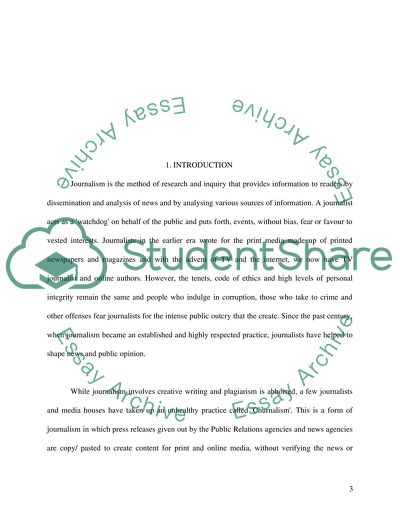Cite this document
(“The role of public relations in the shaping of news Essay”, n.d.)
The role of public relations in the shaping of news Essay. Retrieved from https://studentshare.org/journalism-communication/1646453-assess-the-role-of-public-relations-in-the-shaping-of-news
The role of public relations in the shaping of news Essay. Retrieved from https://studentshare.org/journalism-communication/1646453-assess-the-role-of-public-relations-in-the-shaping-of-news
(The Role of Public Relations in the Shaping of News Essay)
The Role of Public Relations in the Shaping of News Essay. https://studentshare.org/journalism-communication/1646453-assess-the-role-of-public-relations-in-the-shaping-of-news.
The Role of Public Relations in the Shaping of News Essay. https://studentshare.org/journalism-communication/1646453-assess-the-role-of-public-relations-in-the-shaping-of-news.
“The Role of Public Relations in the Shaping of News Essay”, n.d. https://studentshare.org/journalism-communication/1646453-assess-the-role-of-public-relations-in-the-shaping-of-news.


